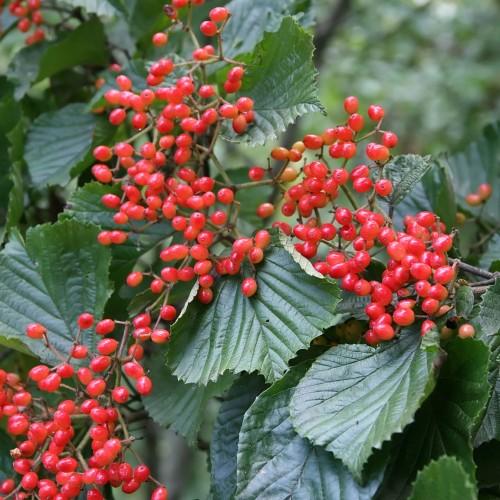
linden viburnum
Viburnum dilatatum 'Erie'
Cycle:
Perennial
Watering:
Average
Hardiness Zone:
5 - 8
Flowers:
Flowers
Sun:
Full sun,part shade
Fruits:
Fruits Ready In Fall
Leaf:
Yes
Growth Rate:
Low
Maintenance:
Low
Drought Tolerant:
Yes
Salt Tolerant:
Yes
watering
Linden Viburnum (Viburnum dilatatum 'Erie') should be watered thoroughly every 7 to 10 days during the growing season, in spring and summer. When watering, make sure that the soil is saturated with moisture and that no puddles form on the surface. This viburnum should have approximately 1 inch (2.5 cm) of water per week. Water deeply once or twice a week to ensure that the moisture reaches the roots. During very hot and dry weather, additional watering may be needed. Do not over-water as this can lead to root rot and disease.
sunlight
Linden viburnum (Viburnum dilatatum 'Erie') plants need full sunlight for optimal growth and flowering. They thrive in areas that get at least 6 hours of direct sunlight each day and benefit from being planted in an area that gets direct sun for most of the day. When grown in partial shade, they may not bloom as profusely or may be more prone to problems with fungal diseases.
pruning
Linden viburnum (Viburnum dilatatum 'Erie') should be pruned after it finishes flowering, usually in late spring or early summer. Pruning should be minimal, focusing mainly on removing dead wood and crossing branches. The viburnum will tolerate more severe pruning, but this should only be done if necessary, as it will reduce flowering for the next year.
